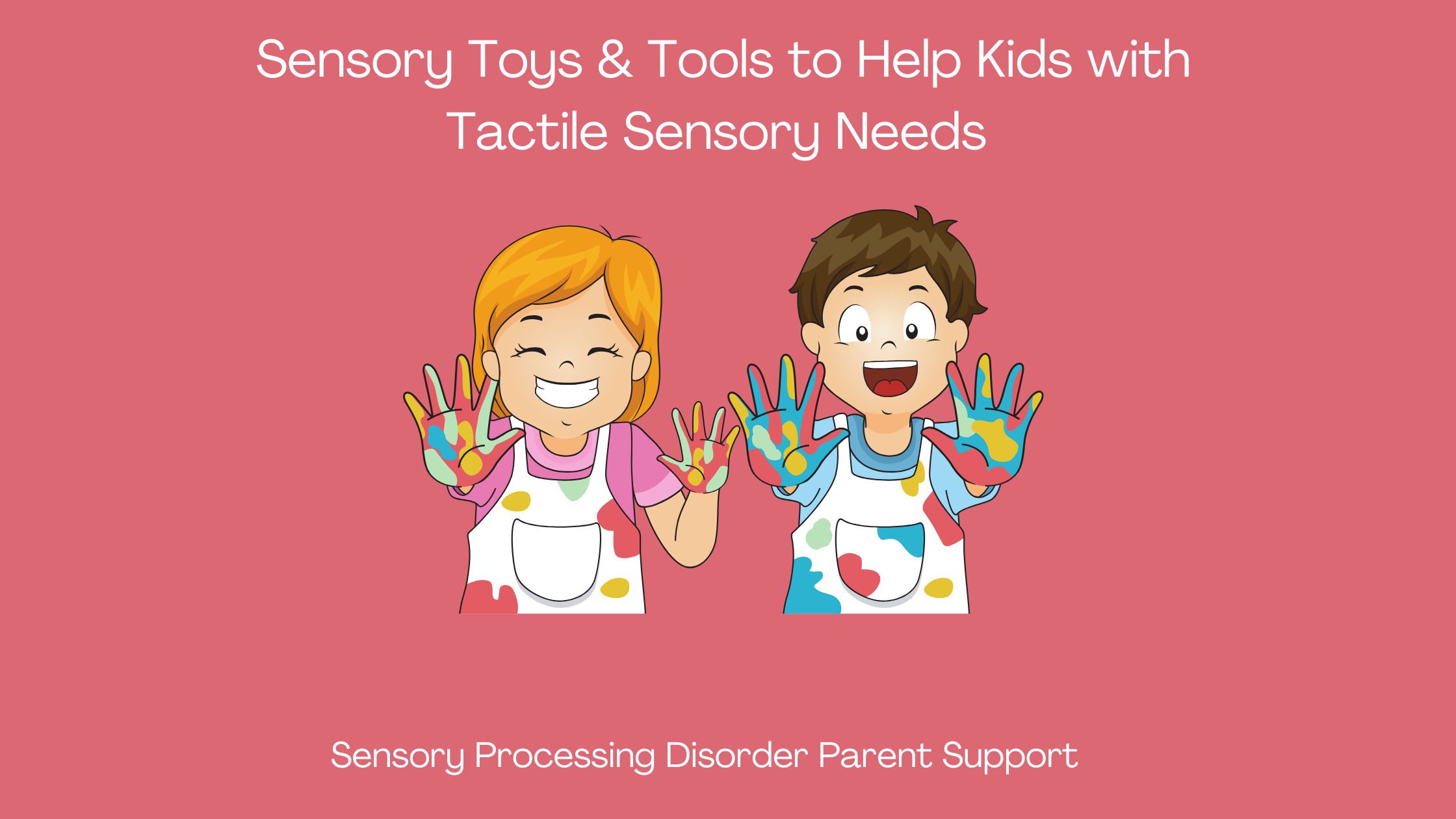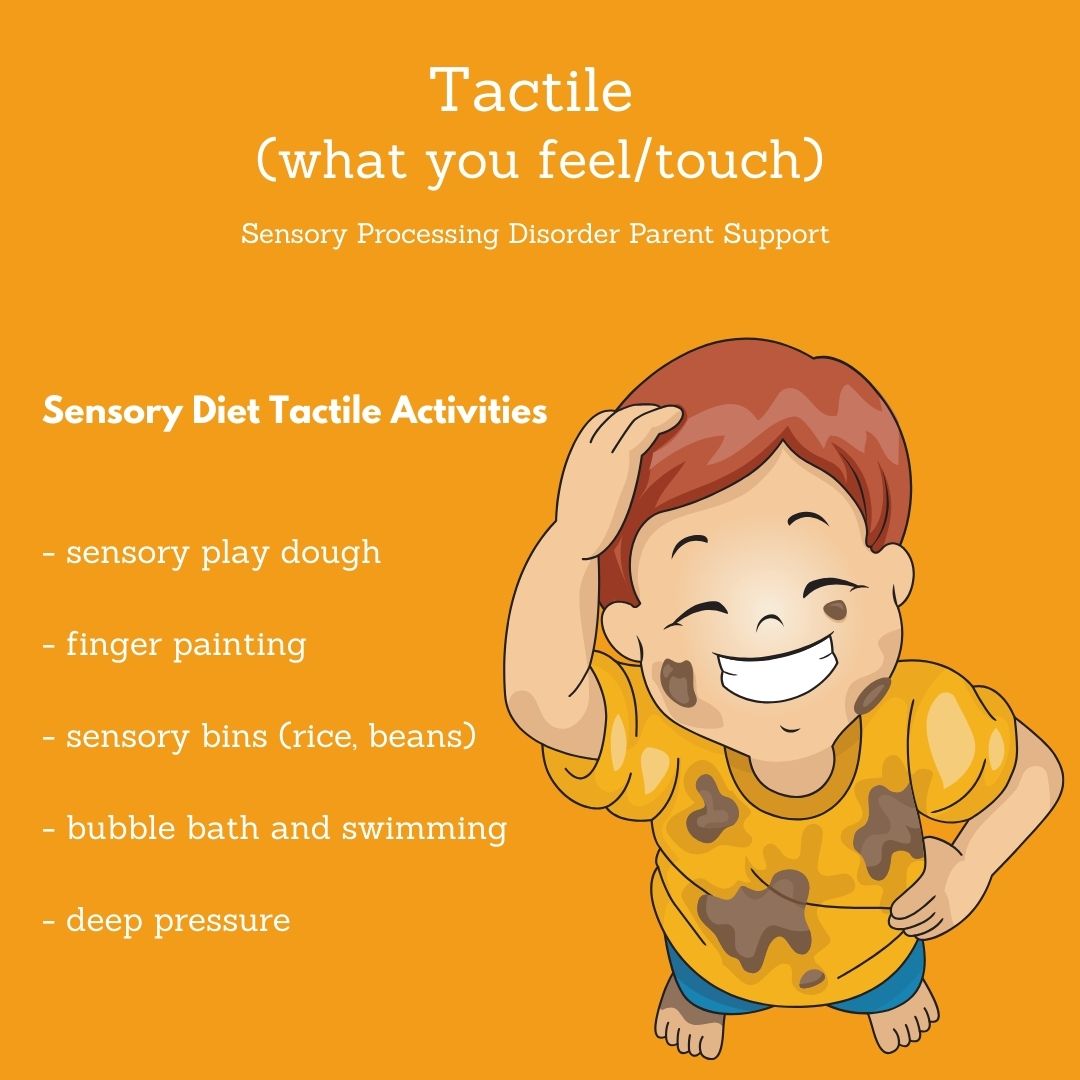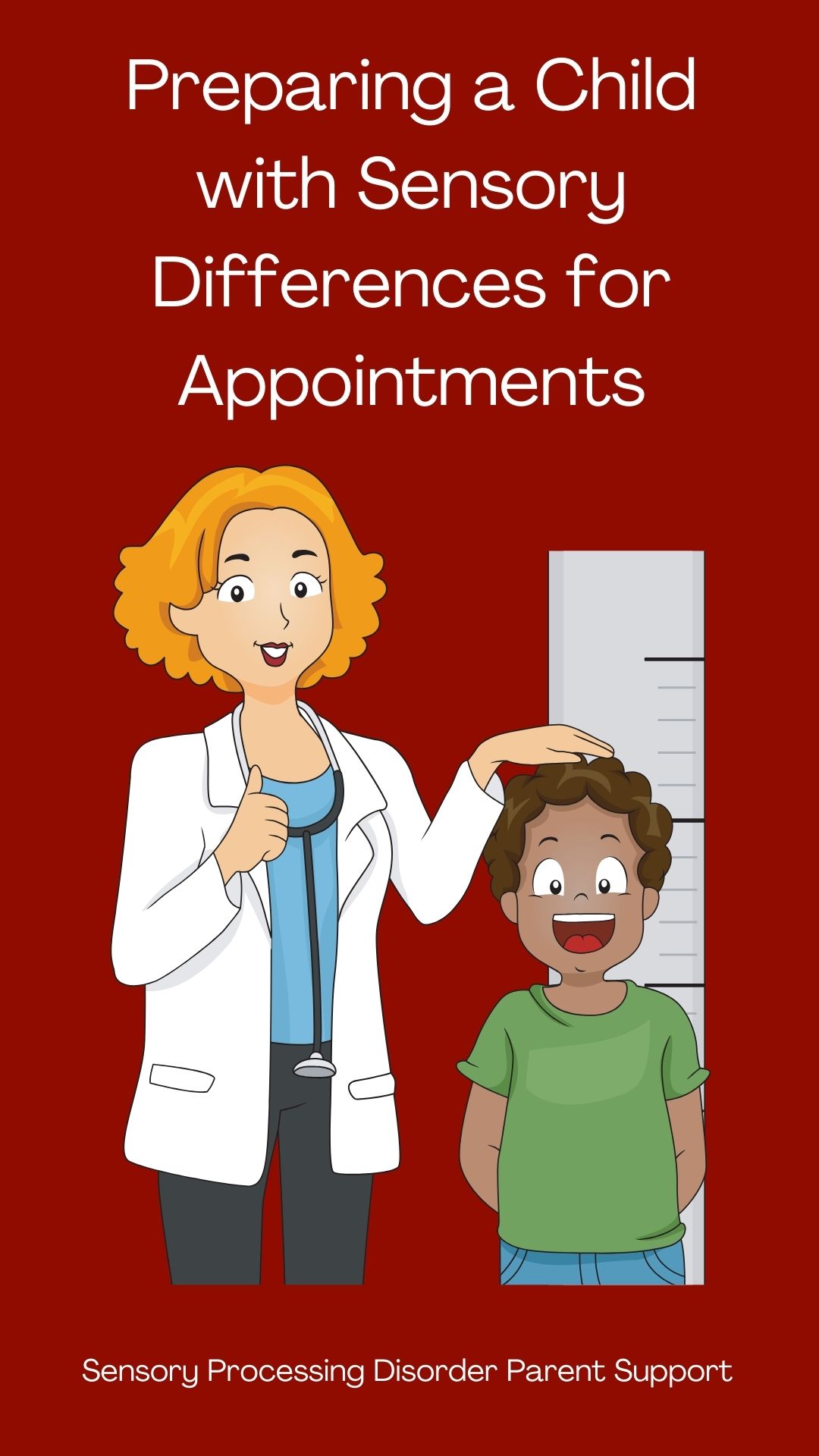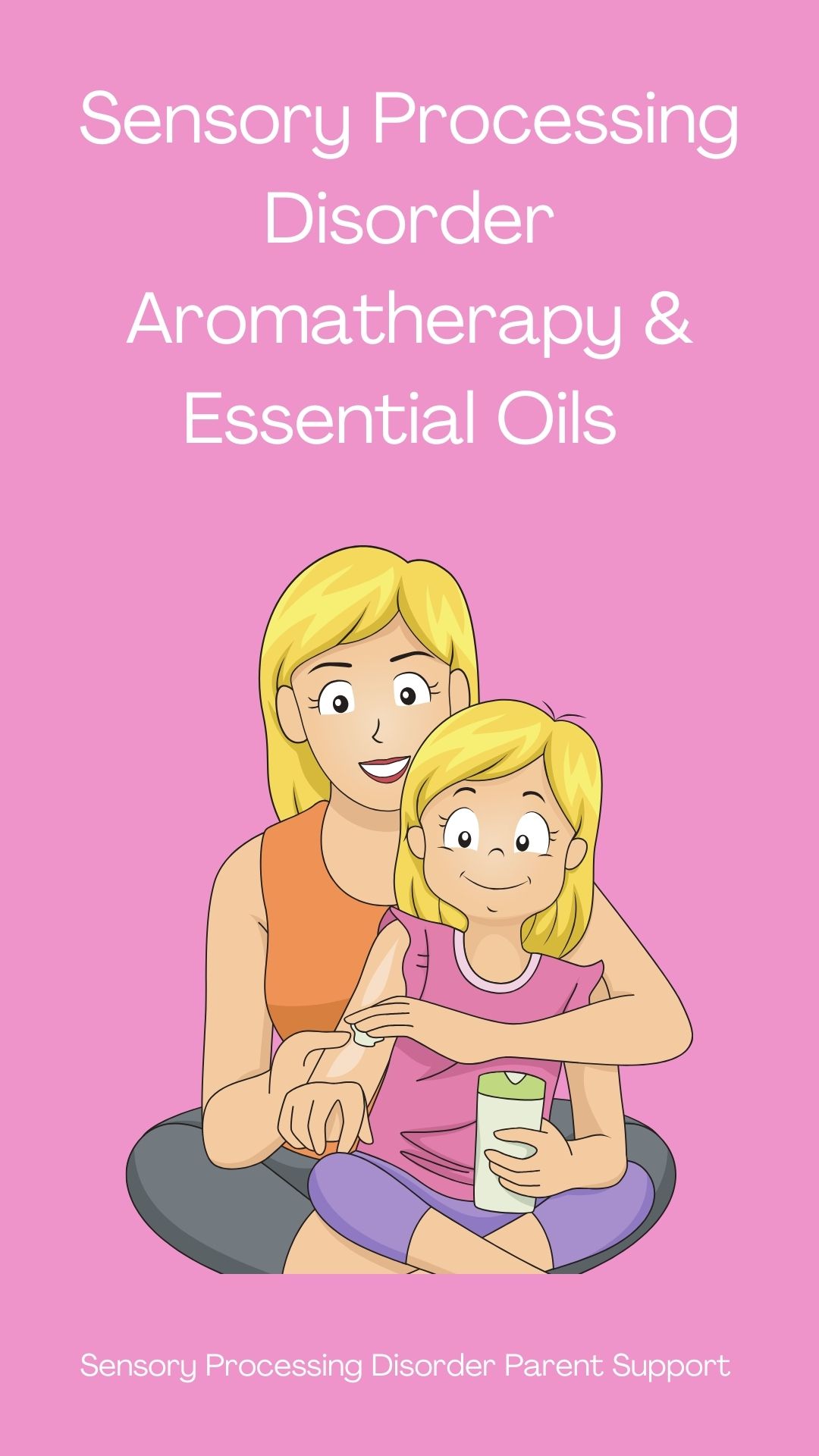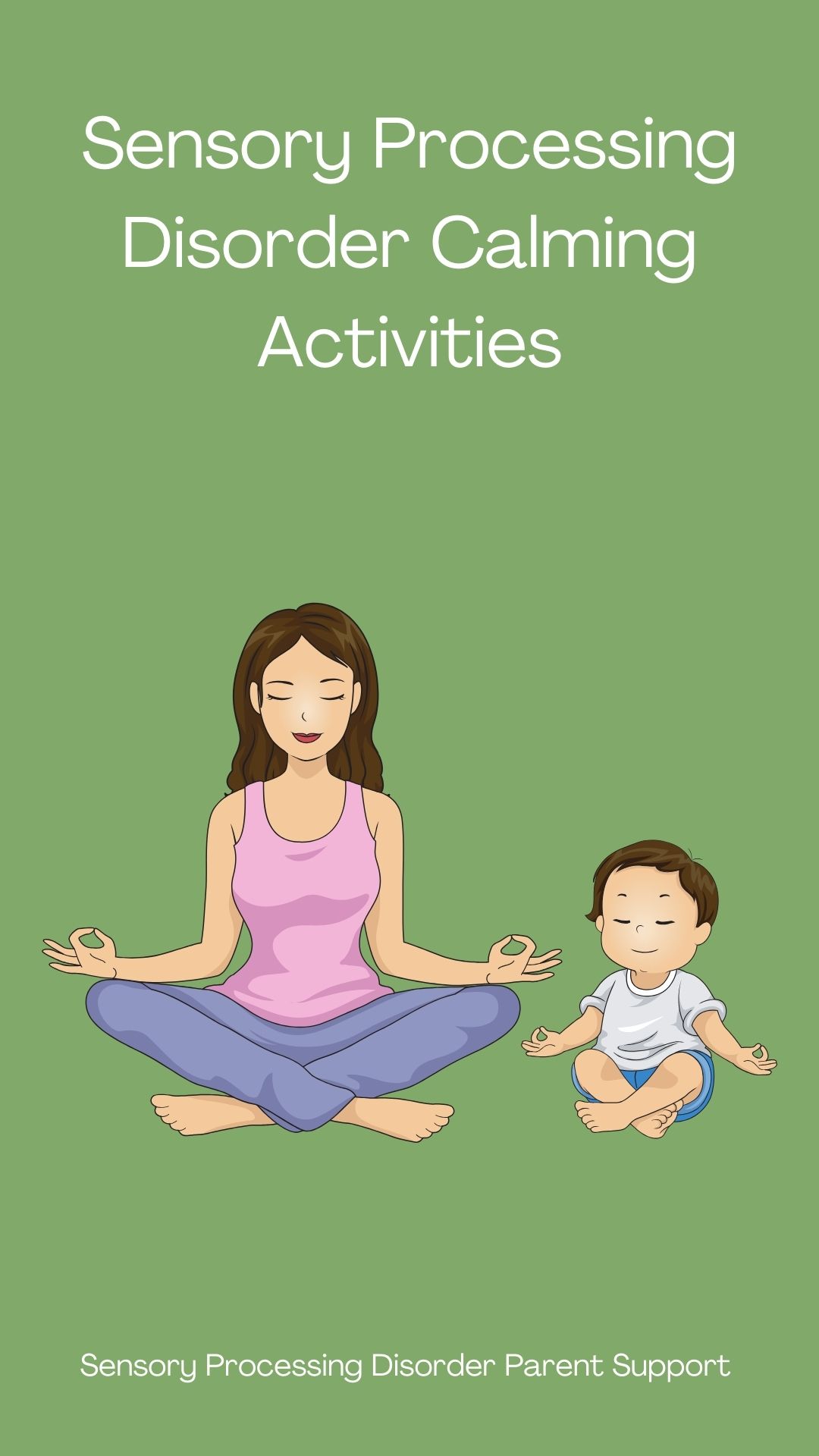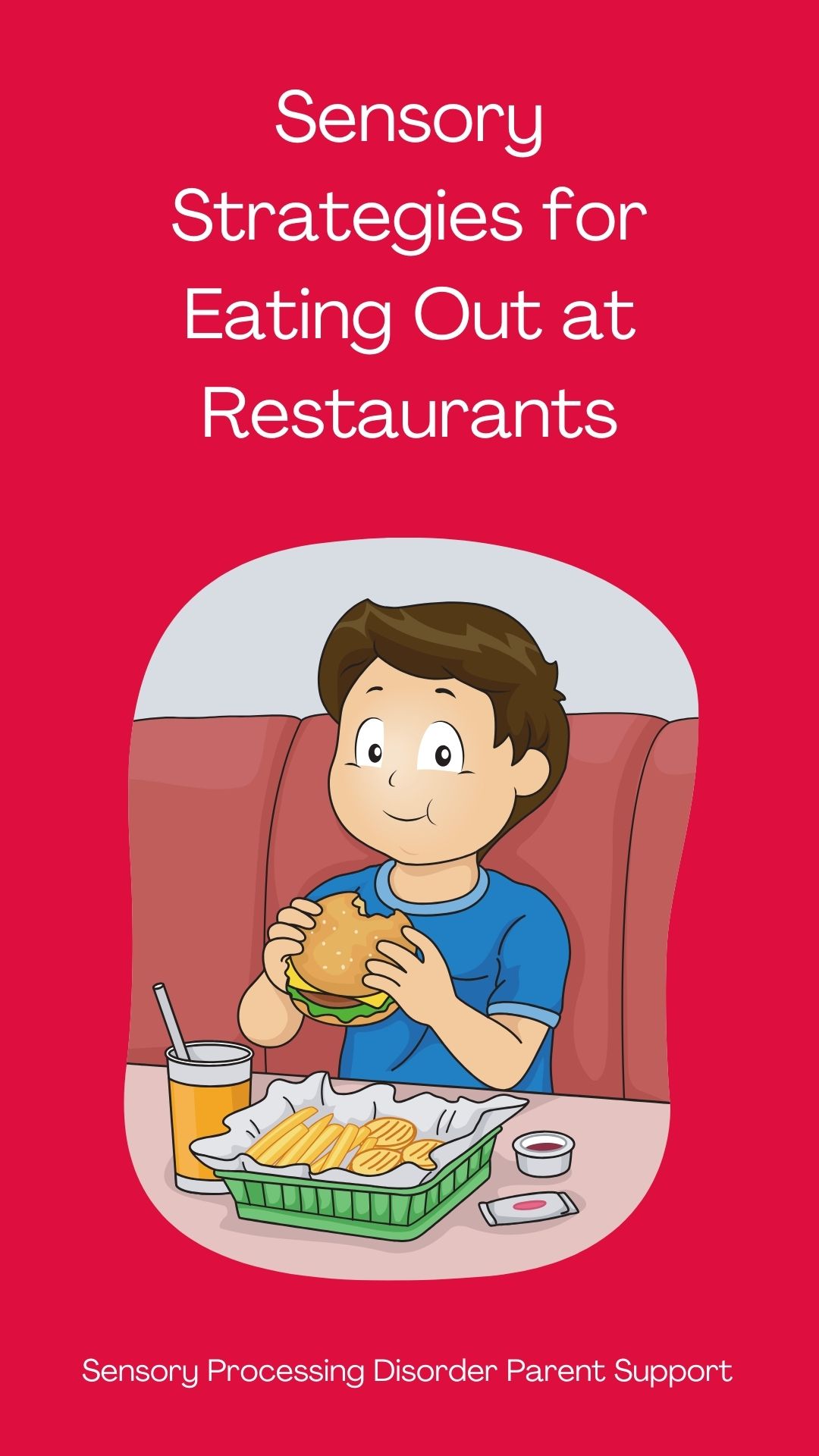
Sensory Processing Disorder Parent Support
Sensory Toys & Tools to Help Kids with Tactile Sensory Needs
Children with sensory differences ... painting the world beautiful.
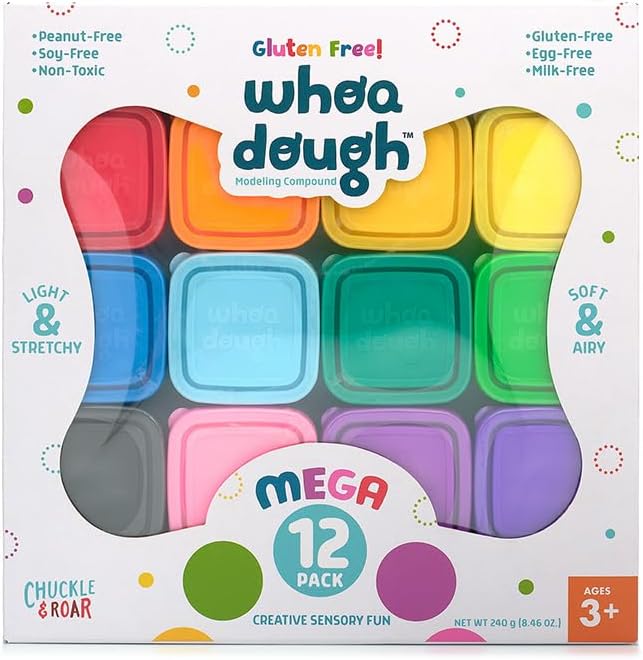
Amazon
Whoa Dough Mega Tactile Sensory Dough Fun
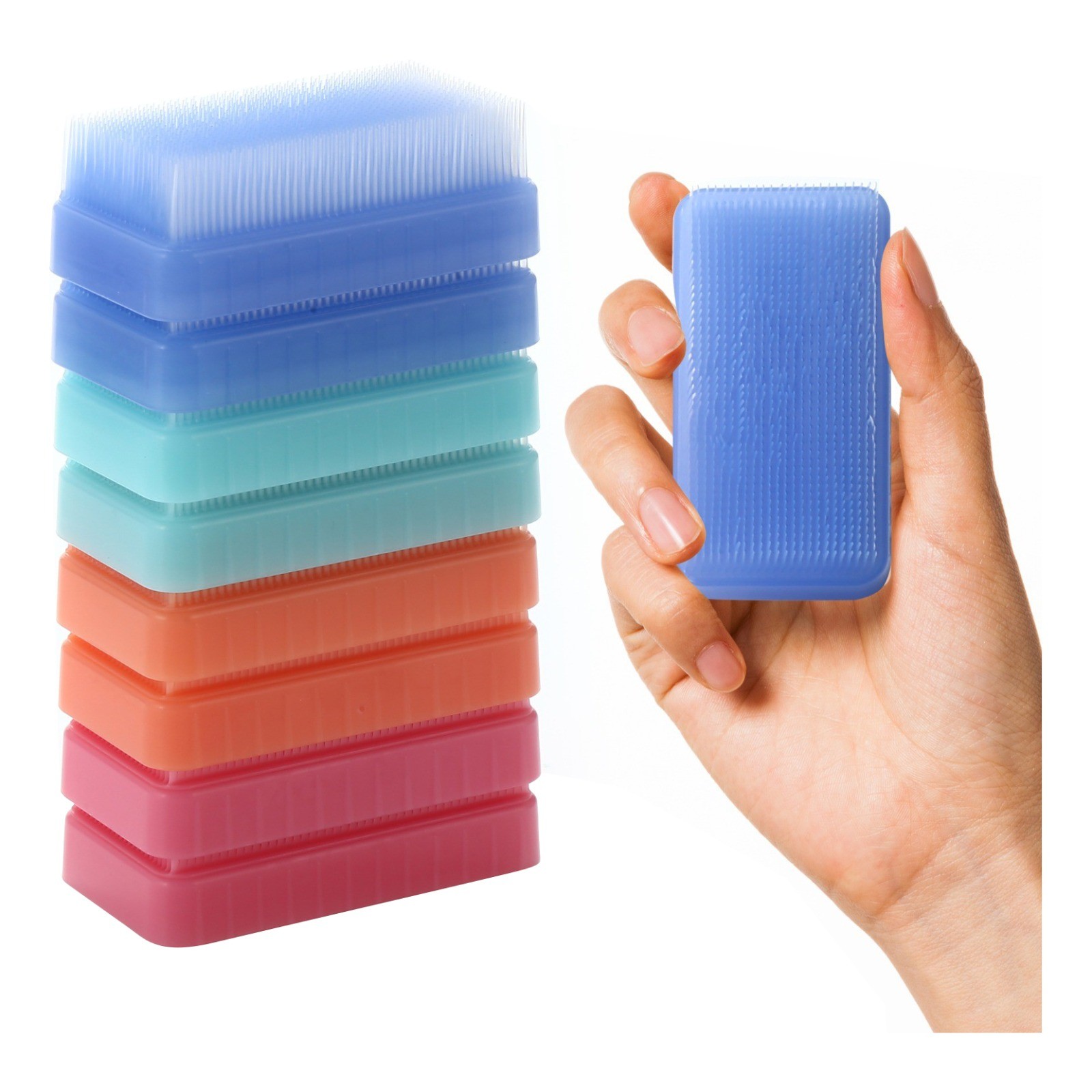
Special Supplies
Therapressure Therapy Brush Sensory Brush
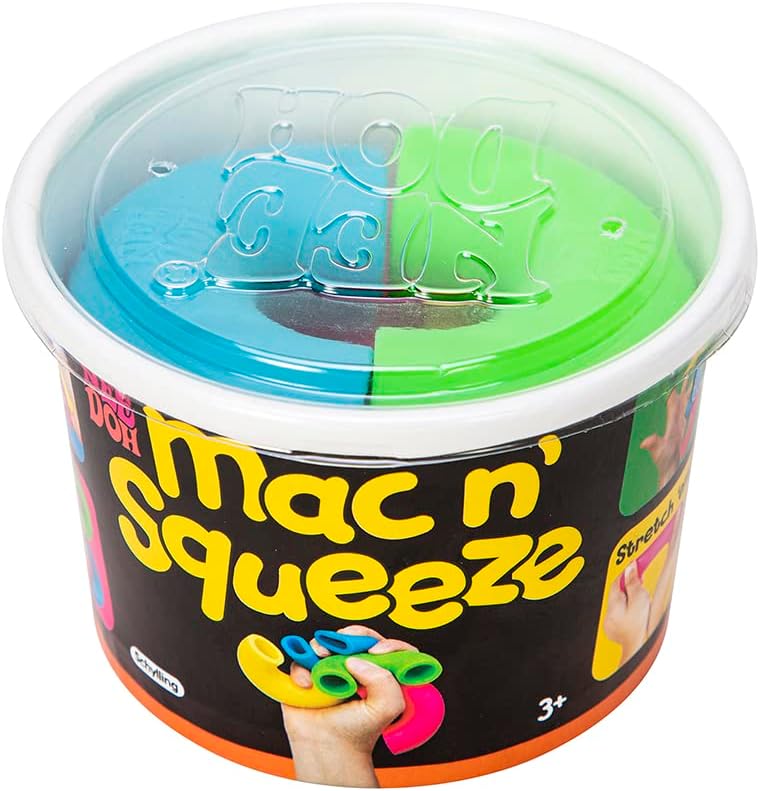
Amazon
Nee-Doh Mac N Squeeze
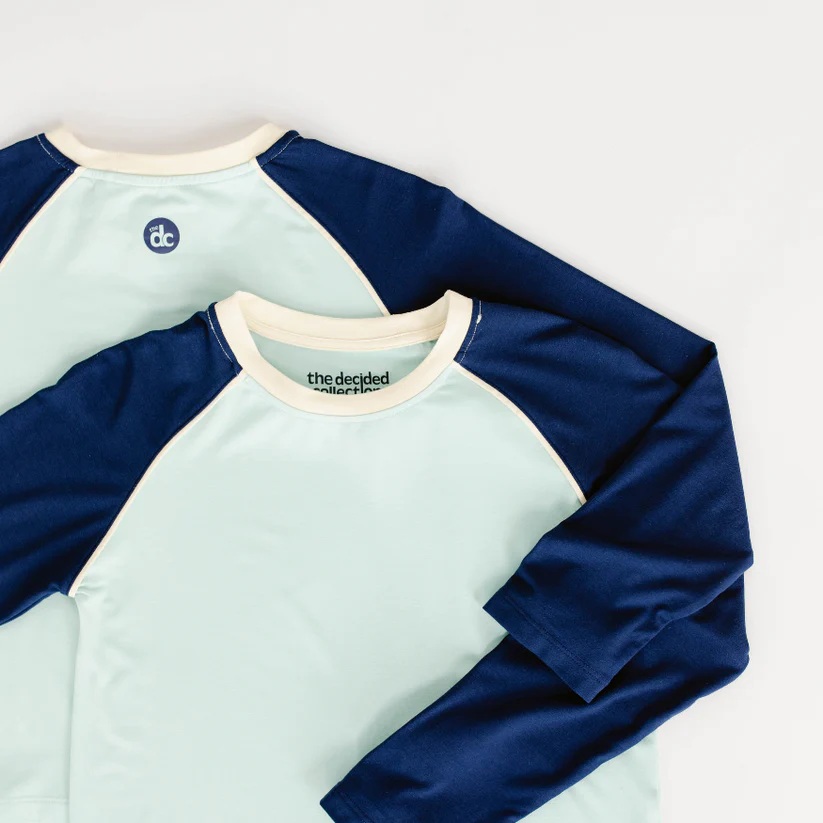
The Undecided Collection
Decidedly unique long sleeve sleep shirt
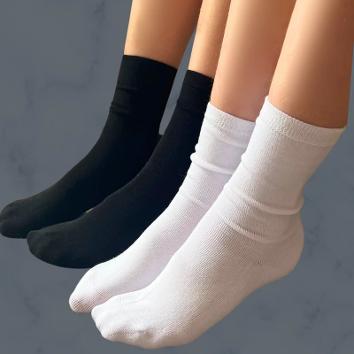
Comfort On The Spectrum
Comfort On The Spectrum Sensory Socks
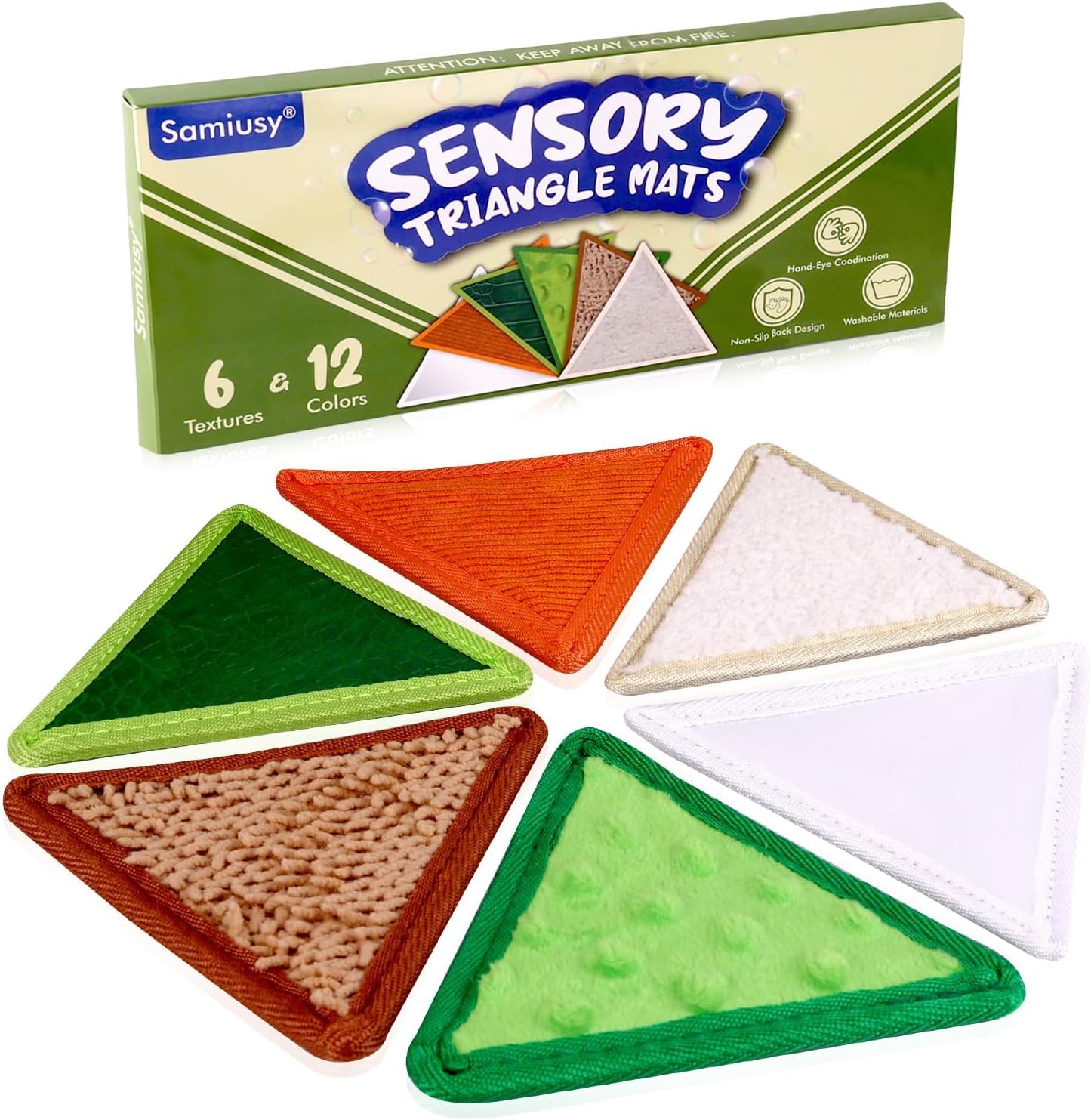
Amazon
Sensory Mini Mats Tactile Sensory Mats
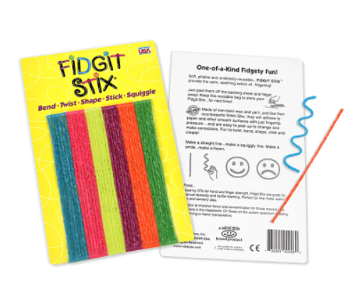
Wikki Stix
Fidgit Stix
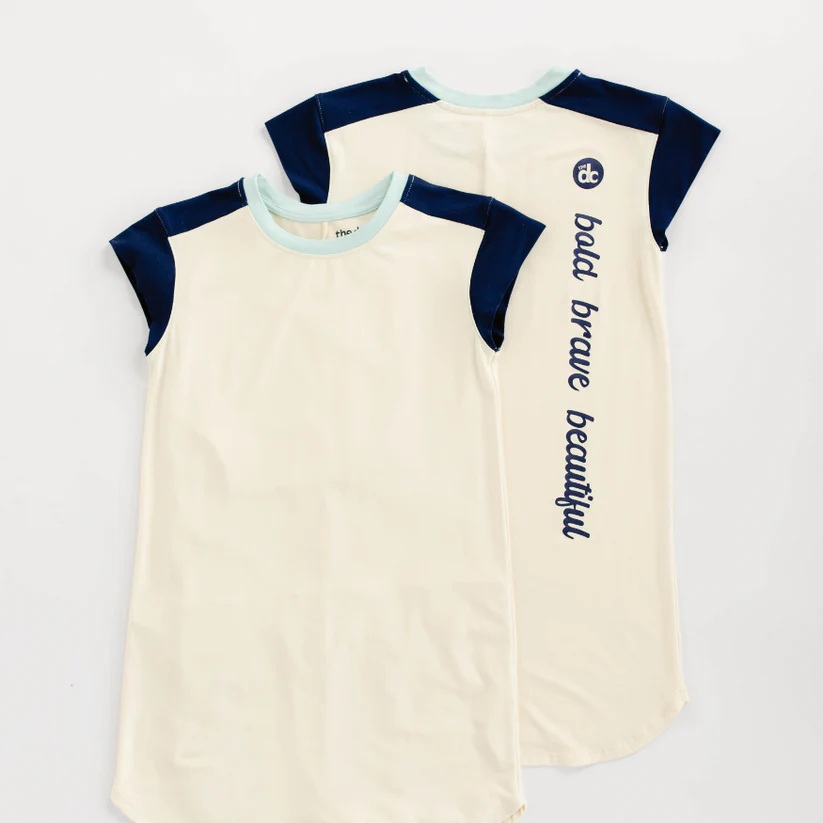
The Undecided Collection
Decidedly me night shirt
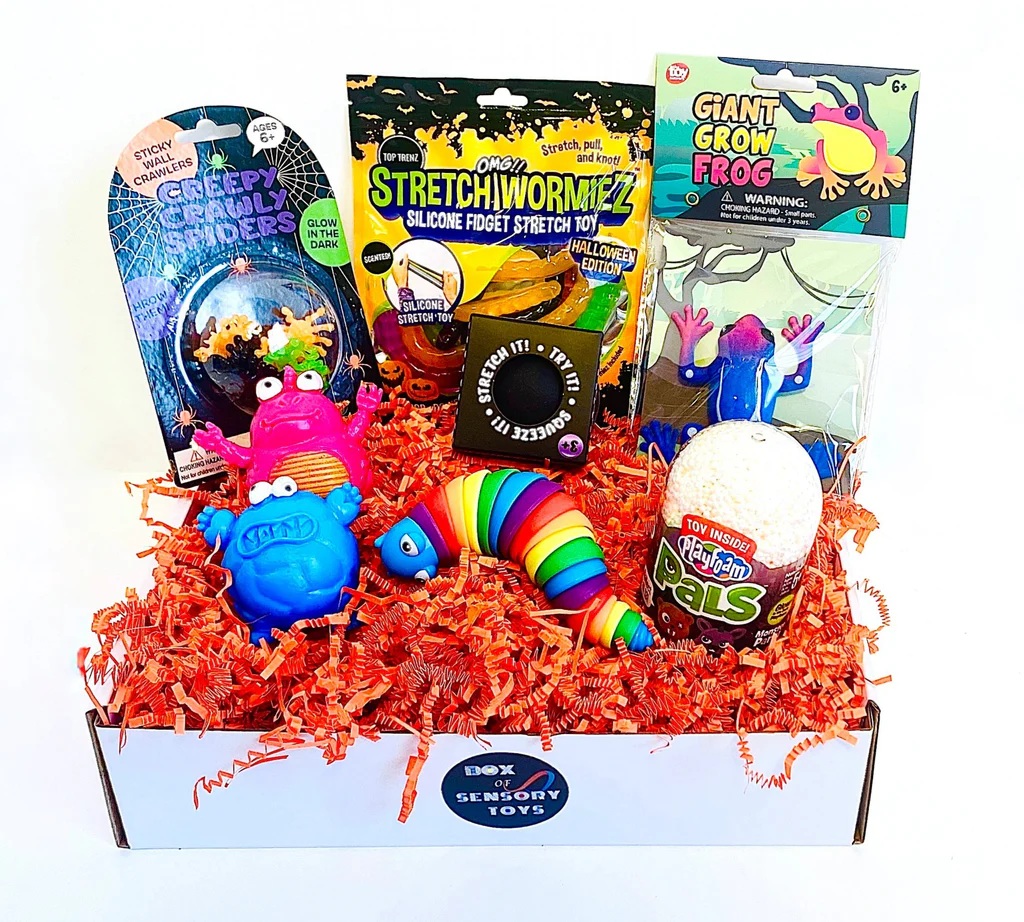
Box of Sensory Toys
Box of Sensory Toys Fidget Toy Box
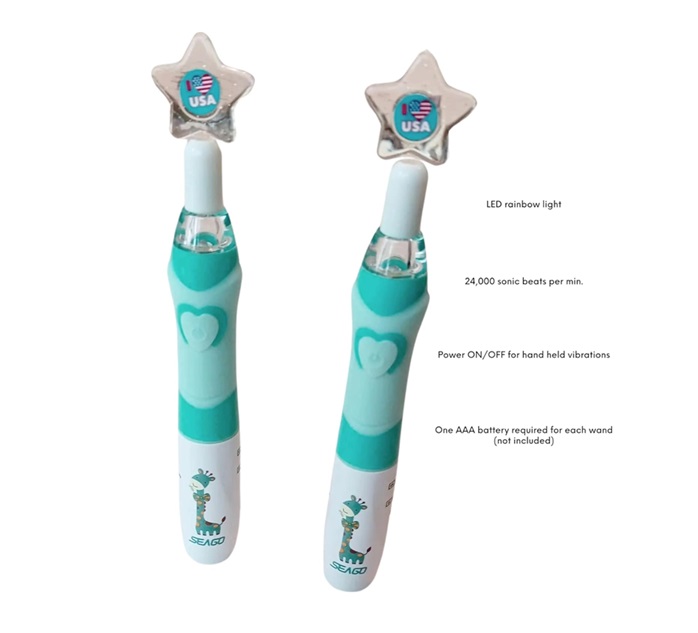
Amazon
Calming Vibration Self Regulation Tool
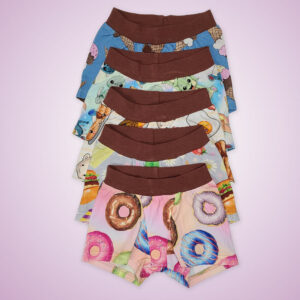
WunderUndies
Sensory Friendly Super Soft Bamboo Boxers
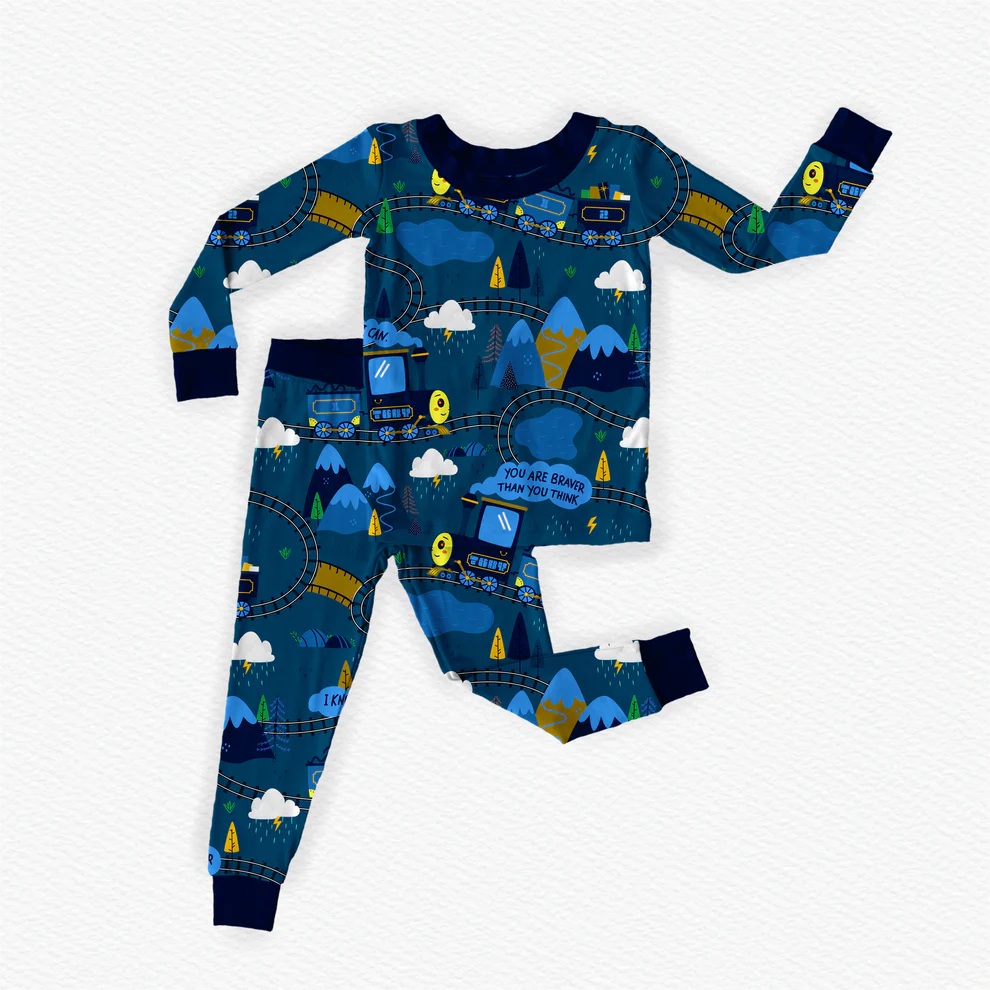
Penny's Pixies
Toby the Train Blue Kids Sensory Pajamas
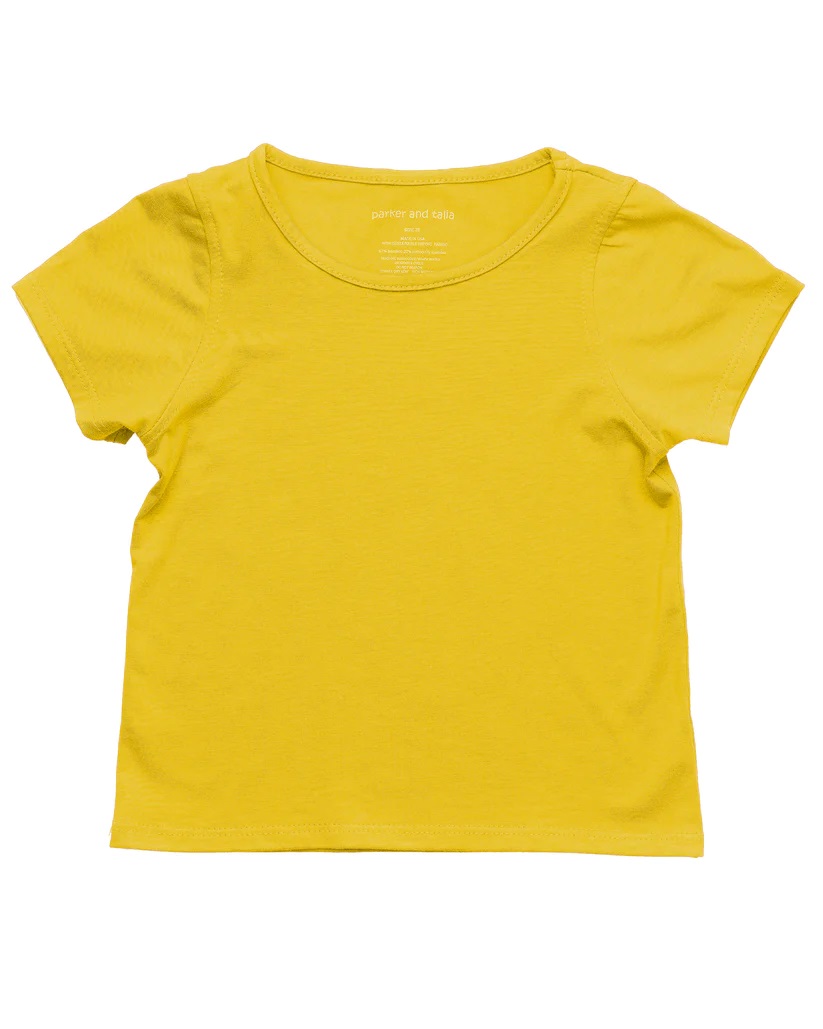
Parker & Talia
Parker & Talia Customizable Tee
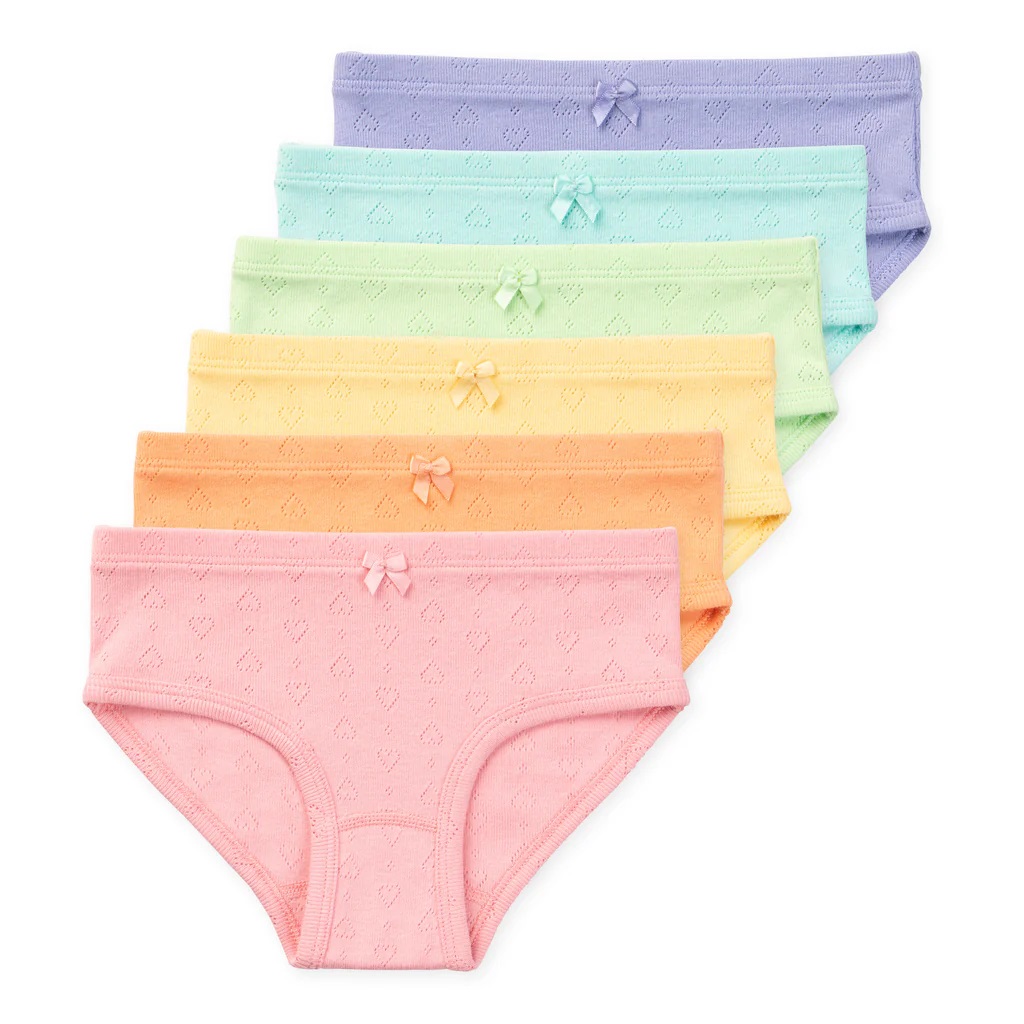
Lucky & Me
Erica Organic Cotton Bikini Girls Underwear
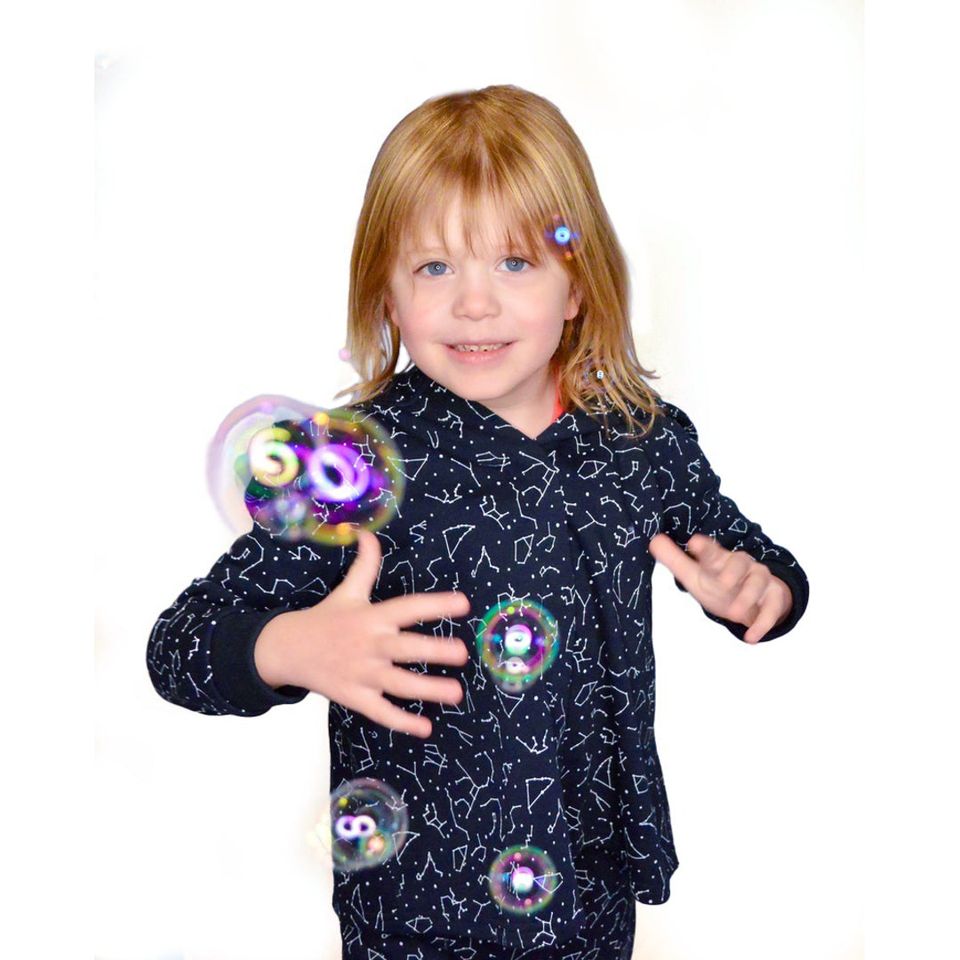
Sense-ational You
Stimuli- Reducing Sensory- Friendly Hoodie
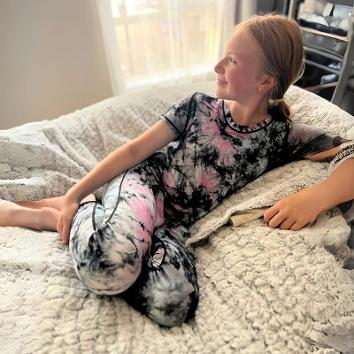
Comfort On The Spectrum
Sensory-Sensitive Jumpsuit
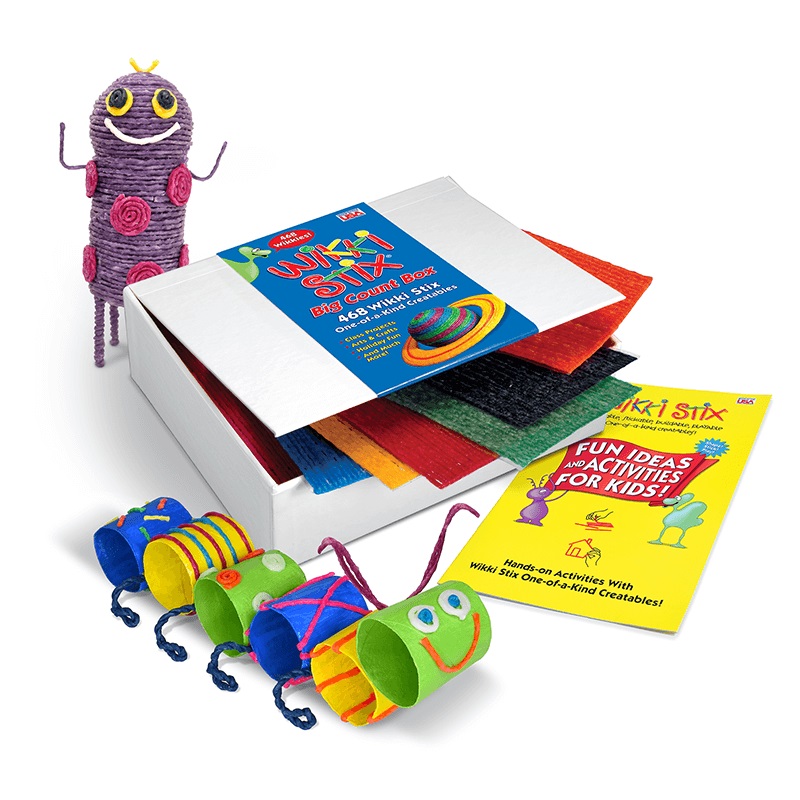
Wikki Stix
Big Count Box
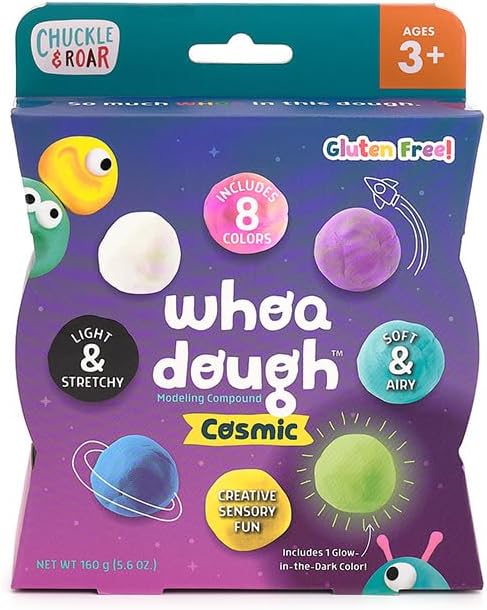
Amazon
Whoa Dough Air Dry Clay Cosmic Colors
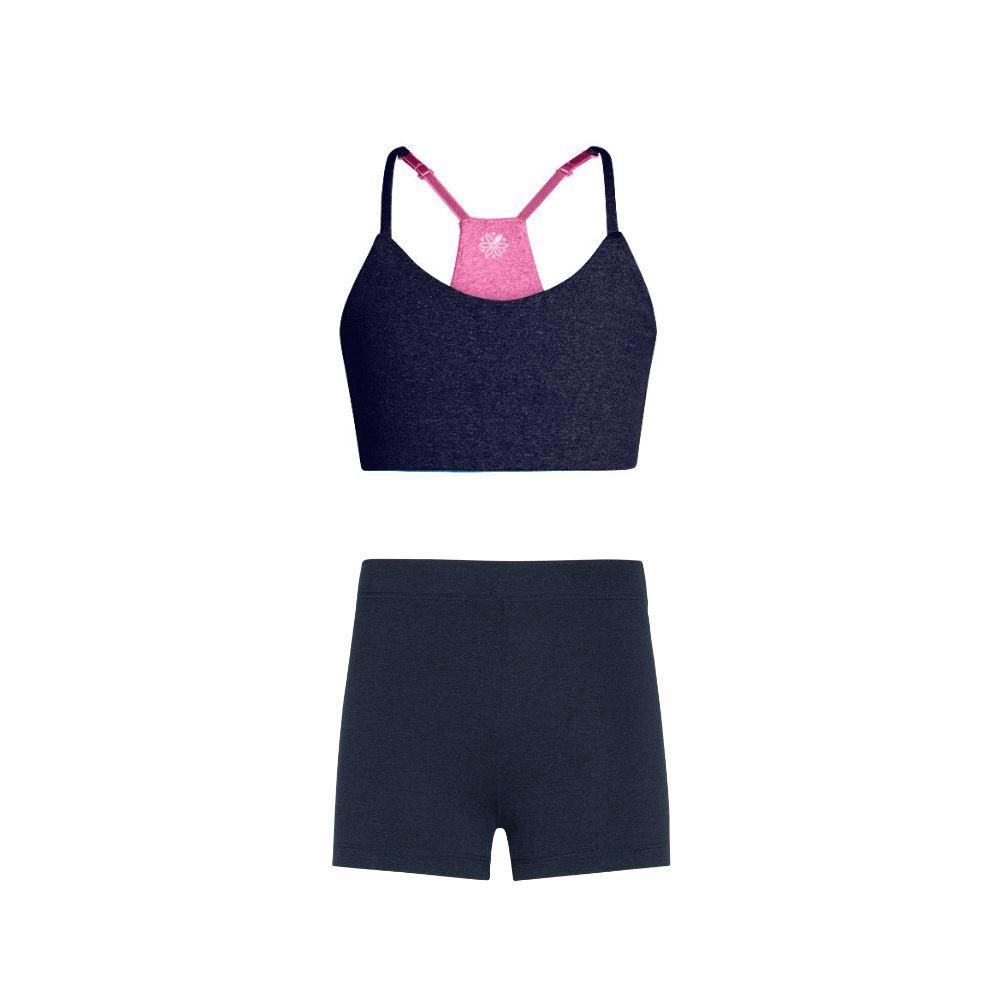
Bleuet
Sensory Friendly Bleumers Racerback Sets
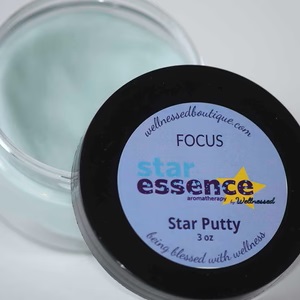
Wellnessed Boutique
Star Essence FOCUS Aromatherapy Putty
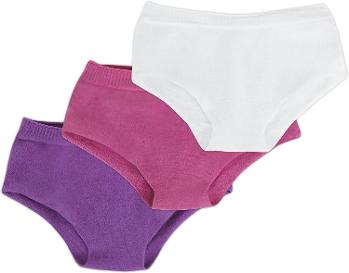
SmartKnitKIDS
SmartKnitKIDS Seamless Sensory UNDIES
